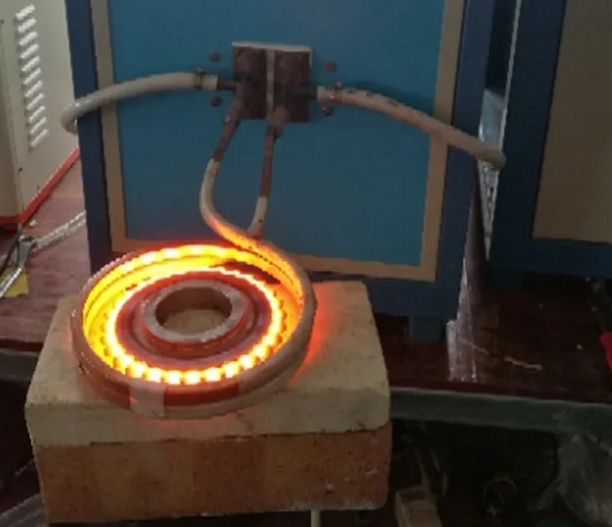- 19
- May
Comparison of gear laser quenching and ordinary quenching methods
Comparison of gear laser quenching and ordinary quenching methods
Gears are widely used parts in the machinery manufacturing industry. In order to improve the bearing capacity of the gears, the gears need to be surface-hardened. The traditional gear hardening process, such as carburizing, nitriding and other surface chemical treatments and induction surface quenching, flame surface quenching, etc., have two main problems: that is, the deformation after heat treatment is large and it is difficult to obtain a hardened layer that is uniformly distributed along the tooth profile. Thus affecting the service life of the gear. The comparison of gear laser quenching and ordinary quenching methods is described below.
Although traditional tooth surface hardening processes such as high-frequency quenching, carburizing, nitriding, and liquid nitrocarburizing can obtain hard-tooth surface gears, the following problems exist to varying degrees: excessive quenching deformation (such as carburizing), hardened layer Too shallow (such as nitriding) tooth surface hardened layer is unevenly distributed (such as carburizing, high-frequency quenching, flame quenching), and usually requires secondary reshaping after quenching, which is expensive, and if the deformation is too large, the grinding allowance is not enough It will also cause the gear to be scrapped.
Disadvantages of traditional craftsmanship:
Conventional heat treatment methods mostly use high and medium frequency quenching, carburizing, carbonitriding, nitriding and other methods. The advantage is that the hardened layer is deep and can be mass-produced. However, due to the long-term high temperature heating of the gear, its internal structure tends to grow, which is easy to cause large deformation of the tooth surface and difficult to obtain a hardened layer evenly distributed along the tooth profile, thus affecting the service life of the gear. At the same time, the processing cycle of the conventional process is very long, and the energy consumption is very large. It is not easy to obtain a hardened layer evenly distributed along the tooth profile, thus affecting the service life of the gear.
Therefore, reducing the deformation of the tooth surface and shortening the processing cycle has always been one of the key technical problems in gear tooth surface hardening. The laser heat treatment has small deformation, short cycle, and no pollution, which provides an effective way to solve the quenching deformation of the tooth surface; and the process is simple, the processing speed is fast, the depth of the hardened layer is uniform, the hardness is stable, and the wear resistance in the gear transmission meshing process. Strong, its overall comprehensive performance is good.

